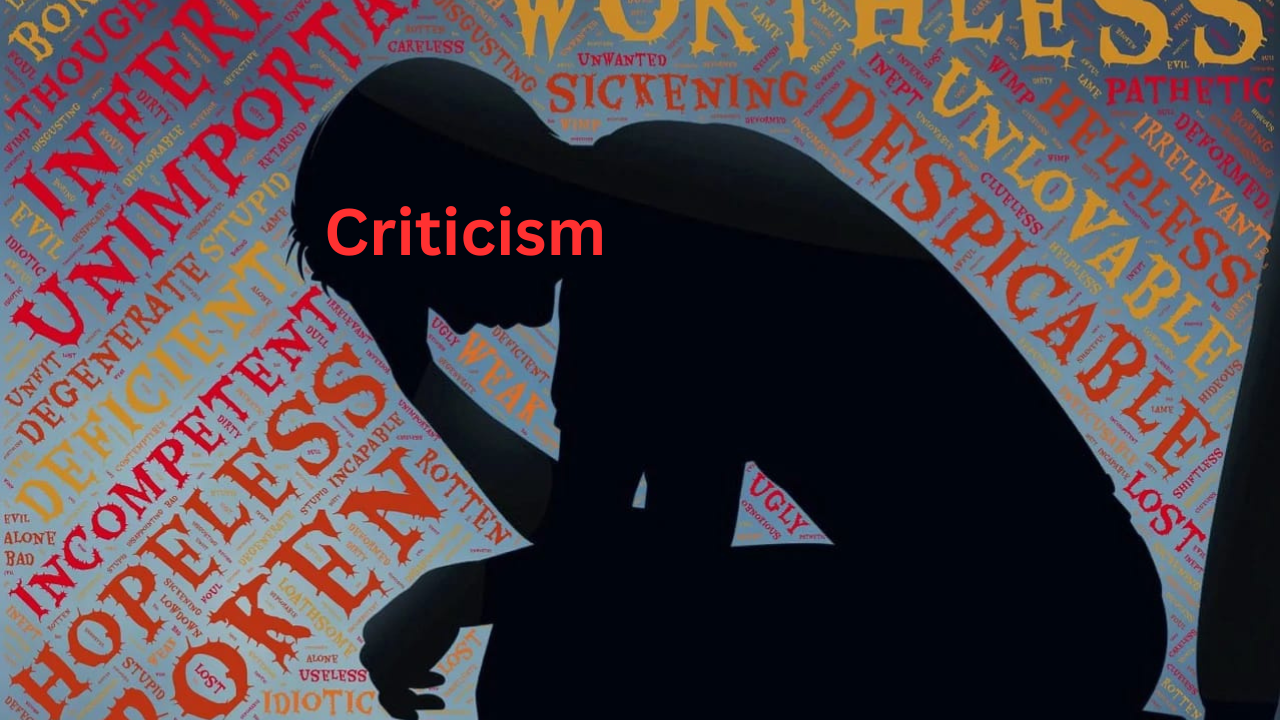Overview:
Imagine you’re in a world where people love talking about books, movies, and all sorts of stories. Now, in this world, there’s a special club called the “School of Criticism.” It’s not a real school where you go every morning, but more like a group of thinkers who have cool and different ways of looking at stories.
So, what’s this school all about? Well, it’s like having a bunch of different glasses, and each pair lets you see the story in a new color. Some people in this club might put on glasses that help them see the story’s hidden messages about society. Others might choose glasses that show how the story connects to the author’s life or the time it was written.
The “School of Criticism” doesn’t teach you right or wrong answers about a story. Instead, it teaches you to ask, “What if we look at it this way?” It’s about exploring, questioning, and getting to the heart of what makes a story tick. So, when you hear about the “School of Criticism,” think about it as a cool club where everyone shares their unique way of seeing stories, and they’re always excited to hear what you think, too
Origin of word Criticism:
The term “criticism” comes from the Greek word “kritikos,” which means “able to discern,” which in turn derives from “krinein,” meaning “to judge” or “to decide.” This etymology reflects the role of criticism as the art of evaluating or analyzing works of art or literature, with judgments being made about their value, meaning, and truth.
Ralph Waldo Emerson:
“To be great is to be misunderstood.”
Historical Background:
Ancient Origins: The practice of criticism can be traced back to ancient Greece, particularly with Aristotle, who is often considered one of the earliest formal critics. His works, especially “Poetics,” laid the foundation for literary criticism as it is known today. In “Poetics,” Aristotle analyzed Greek tragedy and epic poetry and set forth criteria for their evaluation, such as unity of plot and character development
Development Through the Ages:
As literary forms evolved, so did criticism. During the Roman era, critics like Horace took Aristotle’s ideas further, applying them to Roman literature and offering advice on the craft of poetry. His “Ars Poetica” (“The Art of Poetry”) became a central text in literary criticism, emphasizing the need for harmony and decorum in poetry.
The Middle Ages:
In the medieval period, criticism was often tied to the interpretation of religious texts. The focus was less on secular literature and more on spiritual writings, with scholars like St. Thomas Aquinas analyzing biblical texts. Literary criticism as we think of it today was not a major focus during this time.
The Renaissance:
The Renaissance marked a significant return to the study of classical texts and renewed interest in literary forms. This period saw a revival of Aristotle’s and Horace’s critical theories, and new critics like Sir Philip Sidney, who defended poetry’s role in society in his “Apologies for Poetry.”
The Enlightenment:
During the Enlightenment, criticism began to flourish as a broader range of topics in literature were explored. Critics like John Dryden and later Samuel Johnson engaged deeply with the works of their contemporaries and predecessors, evaluating them on both moral and aesthetic grounds. Johnson’s “Lives of the Most Eminent English Poets” provided critiques of authors based on both their lives and their literary output.
Modern Criticism:
The 20th century saw an explosion of critical approaches with the advent of theories like formalism, structuralism, Marxism, psychoanalysis, and feminism, among others. This period was marked by a move away from purely subjective interpretations of literature and toward a more structured analysis based on different schools of thought.
Contemporary Criticism:
Today, literary criticism is highly diverse, incorporating various theories and methods from across the humanities and social sciences. Critics might focus on different aspects of literature, such as its social context, linguistic structure, psychological depth, or political implications.
No single person can be credited with founding “criticism” as it is a practice that has developed through centuries of thought and debate. However, Aristotle could be considered a foundational figure in the formalization of criticism, especially literary criticism, due to his systematic approach to analyzing Greek drama and poetry. His works laid the groundwork for much of what would follow in the Western tradition of criticism.
T.S. Eliot:
“The function of criticism should be to direct attention to what is excellent in literature, and to direct attention away from what is deliberately second-rate.”
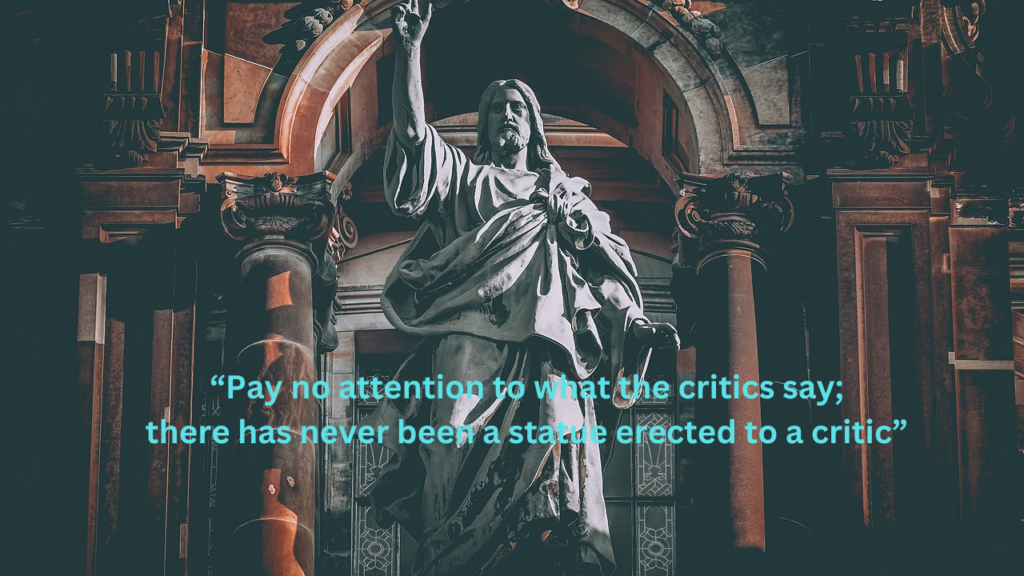
Different Schools of Criticism:
Think of the “School of Criticism” as a big tree with many branches. Each branch has a different way of looking at stories, art, and even movies. Let’s climb up this tree and check out some of the main branches!
1. Marxist Criticism:
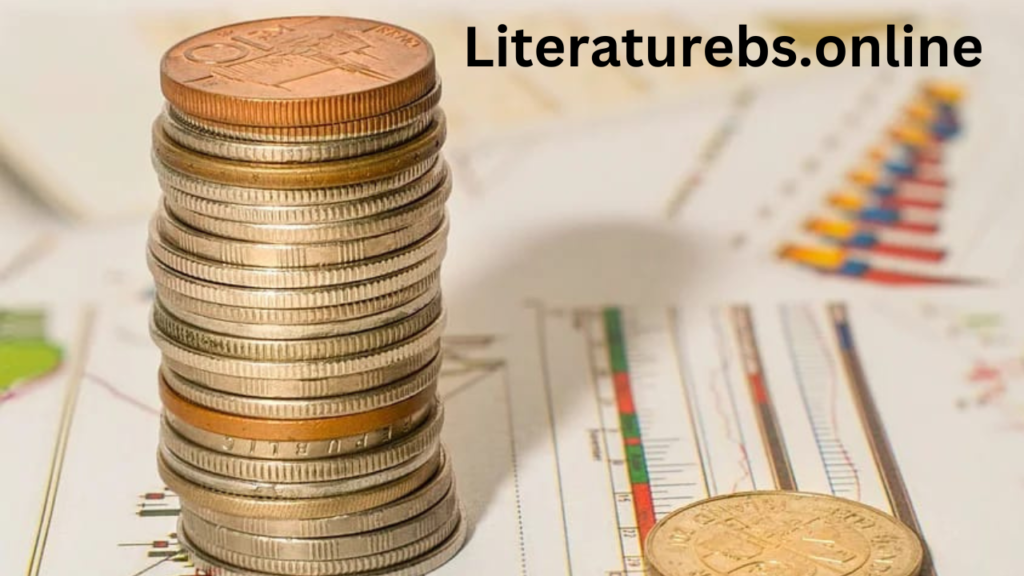
Marxist Criticism views literature through the lens of economics and class struggle. It believes that the economy is the foundation upon which societies are built and that literature reflects those economic foundations. This type of criticism examines how characters from different classes interact, how economic forces influence the story, and how literature itself might advocate for social change or maintain the status quo.
Founders: The roots of Marxist Criticism can be traced back to Karl Marx and Friedrich Engels, especially through Marx’s works like “The Communist Manifesto” and “Das Kapital.” While Marx himself wasn’t a literary critic, his ideas about society, economics, and class struggles have deeply influenced how critics analyze literature.
Main Focus: The main focus of Marxist Criticism is on the conflicts between different social classes and how these conflicts are represented in literature. It looks at how literature portrays the struggles of the working class against the ruling class and examines themes of power, money, and social change. It’s also interested in how literature can both reflect and influence societal attitudes towards class and economics.
Charles Dickens’s “A Christmas Carol”
A classic example of literature that can be analyzed through Marxist Criticism is Charles Dickens’s “A Christmas Carol.” In this story, Ebenezer Scrooge, a wealthy and miserly businessman, is visited by three ghosts who show him the consequences of his greed and neglect of the poor. Through this narrative, Dickens critiques the economic inequalities of Victorian England and promotes the idea of social responsibility and change. A Marxist critic might explore how “A Christmas Carol” reflects the economic and class tensions of its time, the transformation of Scrooge from a capitalist figure into a more philanthropic one, and how the story advocates for a more equitable society.
Marxist Criticism helps us see literature not just as stories or art, but as a mirror reflecting the economic and class dynamics of its time. It invites us to question who holds power in these narratives and in the societies they depict, and how change can be inspired through the power of storytelling.
2. Historical Criticism:
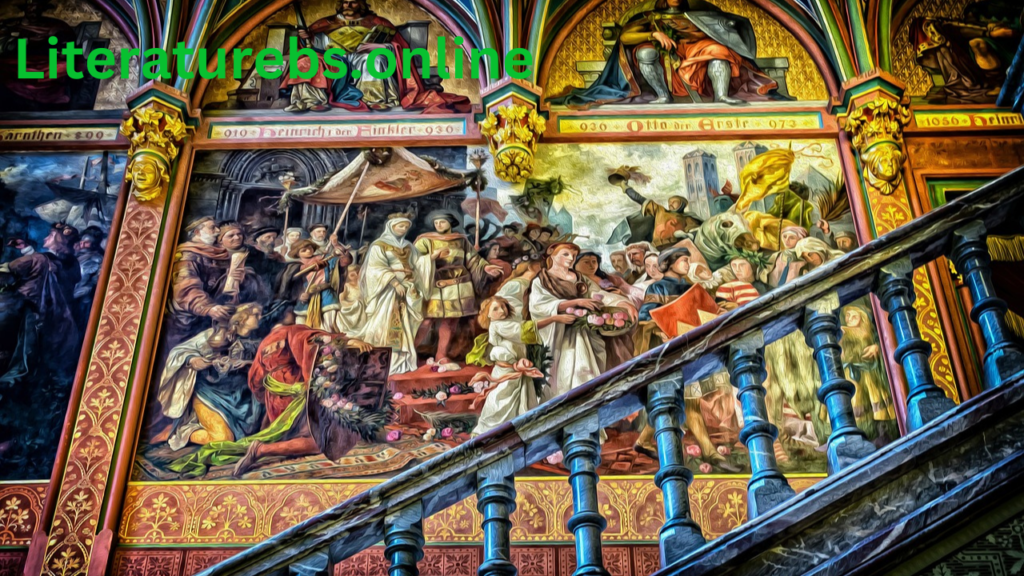
Historical Criticism examines literature through the lens of history. It explores the period in which a work was written to understand how historical events, cultural norms, and societal values influenced the narrative. This approach is akin to using a time machine to investigate how historical contexts shape the literature we read today.
Founders: It’s challenging to pinpoint a single founder of Historical Criticism as it has been influenced by many scholars throughout history who emphasized the importance of understanding the historical context of literary works.
Main Focus: The primary focus is on linking the narrative to its historical backdrop, asking questions such as, “What was happening in the world when this was written?” and “How do historical events reflect in the story’s themes, characters, and settings?”
“The Crucible” by Arthur Miller:
“The Crucible” by Arthur Miller vividly illustrates this approach. Set during the Salem witch trials of the 17th century but written during the 1950s McCarthy era, it uses the past as an allegory for the period’s anti-communist hysteria, underscoring the impact of paranoia and fear on society.
3. Biographical Criticism:

Biographical Criticism delves into the author’s life story, investigating how personal experiences, relationships, and challenges may have influenced their literary works. This approach resembles the work of a detective uncovering how real-life experiences are woven into fiction.
Founders: This critical approach doesn’t have a singular founder but was popularized by scholars who believed that understanding the author’s life is crucial for understanding their literary creations.
Main Focus: This criticism shines a spotlight on the author’s biography, exploring how personal experiences shaped their writing, and seeking connections between the author’s life and their characters, plots, and themes.
“The Bell Jar” by Sylvia Plath:
“The Bell Jar” by Sylvia Plath is a poignant example of Biographical Criticism. The novel is often examined through the lens of Plath’s struggles with depression and her experiences in the 1950s, providing insight into the protagonist’s mental health and societal pressures.
4. Psychoanalytic Criticism:
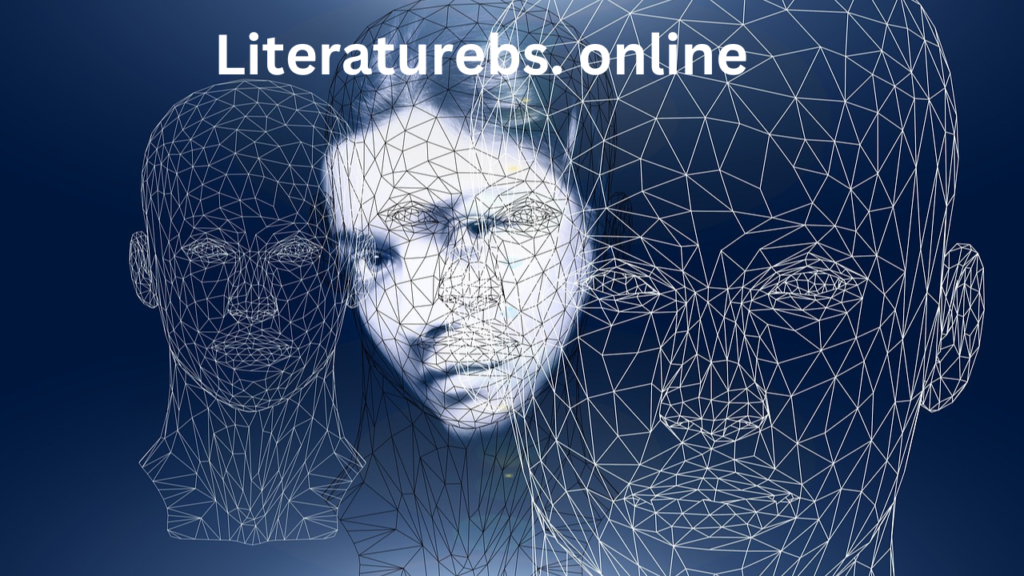
Inspired by the theories of Sigmund Freud, Psychoanalytic Criticism probes the psychological depths of literature, analyzing characters’ and authors’ subconscious motives and exploring themes of desire, fear, and identity.
Founders: Sigmund Freud, the father of psychoanalysis, though not focused on literature, his theories provided the foundation for this type of criticism.
Main Focus: This approach deeply explores psychological elements, analyzing behaviors, symbols, and narrative structures to reveal hidden desires and fears.
“Hamlet” by William Shakespeare:
“Hamlet” by William Shakespeare is a treasure for psychoanalytic critics, who may explore Hamlet’s Oedipus complex, his indecisiveness, and the play’s focus on death and sexuality, revealing deep psychological layers.
Certainly! Here’s a detailed explanation of the concepts you’ve provided:
5. Feminist Criticism:
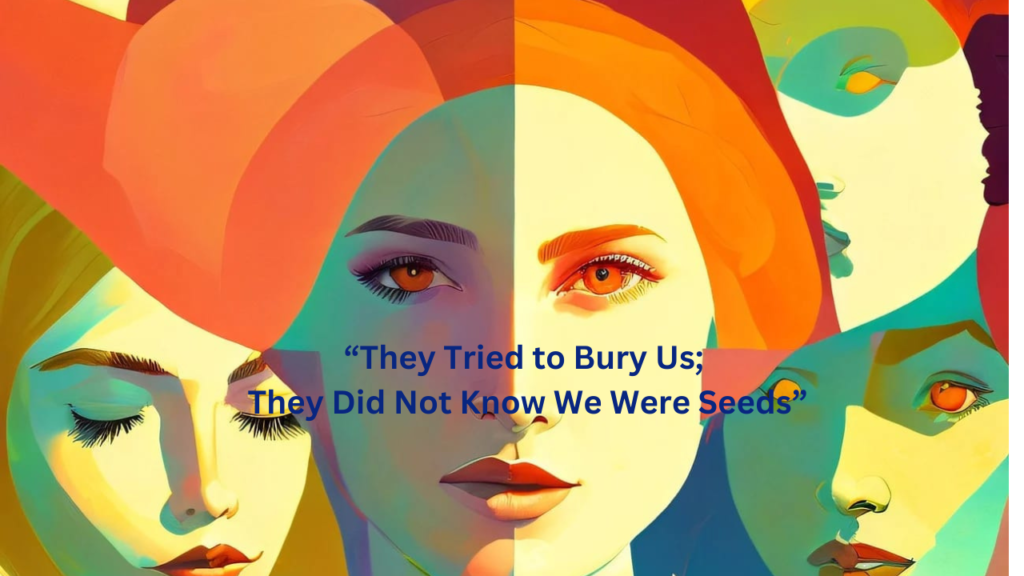
Feminist Criticism examines literature through the perspective of gender dynamics. It explores how women are portrayed in literary works and investigates themes such as inequality, gender roles, and identity. This type of criticism delves into how narratives either reinforce or challenge societal norms and expectations related to gender.
Founders: The development of feminist criticism has been significantly influenced by early figures in the feminist movement. Pioneers like Mary Wollstonecraft, whose work “A Vindication of the Rights of Woman” argued for women’s education, and Simone de Beauvoir, with her seminal book “The Second Sex,” which explores women’s oppression under a patriarchal system, have been pivotal. Other contributors include Susan B. Anthony and Elizabeth Cady Stanton, who were instrumental in the women’s suffrage movement in the United States, promoting equality in legal and social rights.
Main Focus: The main thrust of feminist criticism is to challenge and question traditional representations of gender within literature. It critically examines how these representations influence the perception of gender roles in society. By highlighting the voices and experiences of women and other marginalized genders, feminist criticism seeks to broaden the scope of literary studies to include diverse perspectives and experiences.
“Gender Trouble” by Judith Butler
“Gender Trouble: Feminism and the Subversion of Identity” is a profound work in feminist theory by Judith Butler, published in 1990. It challenges the traditional understanding of gender as a fixed attribute. Instead, Butler introduces the idea of “gender performativity,” which suggests that gender is an ongoing set of actions performed by societal norms and expectations. These actions create the appearance of a stable gender identity but are, in fact, fluid and changeable.
6. Reader-Response Criticism:
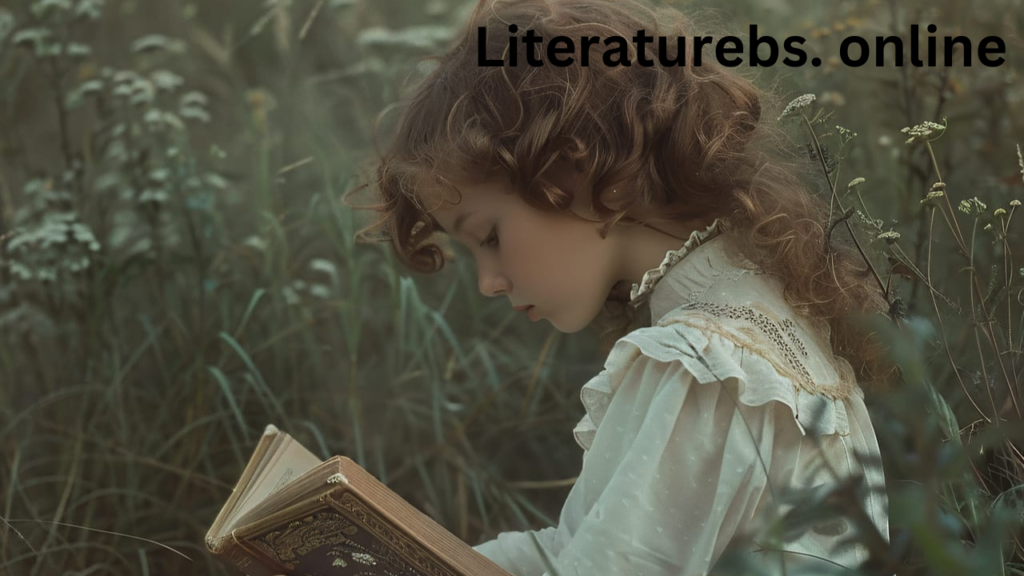
Reader-response criticism focuses on the reader’s role in creating the meaning of a text. This approach argues that a literary work’s meaning is not a fixed element inherent in the text itself but is created in the interaction between the reader and the text.
Founders: Louise Rosenblatt is one of the key figures in this school of criticism. She emphasized that reading is a transactional process between the reader and the text, suggesting that each reading is a unique event influenced by the individual’s personal experiences, emotions, and cultural background.
Main Focus: The focus of reader-response criticism is on individual interpretation and emotional response. It recognizes that every reader brings their own experiences and identity to their reading, affecting their understanding and interpretation of the text.
“The Catcher in the Rye” by J.D. Salinger:
“The Catcher in the Rye” by J.D. Salinger serves as an illustrative example of how reader-response criticism can be applied. The novel elicits diverse reactions from readers, with some seeing the protagonist, Holden Caulfield, as a heroic figure, while others view him as deeply flawed or lost. This variation in interpretation showcases how personal experiences and emotions play a critical role in how a text is perceived and understood.
7. Media criticism:
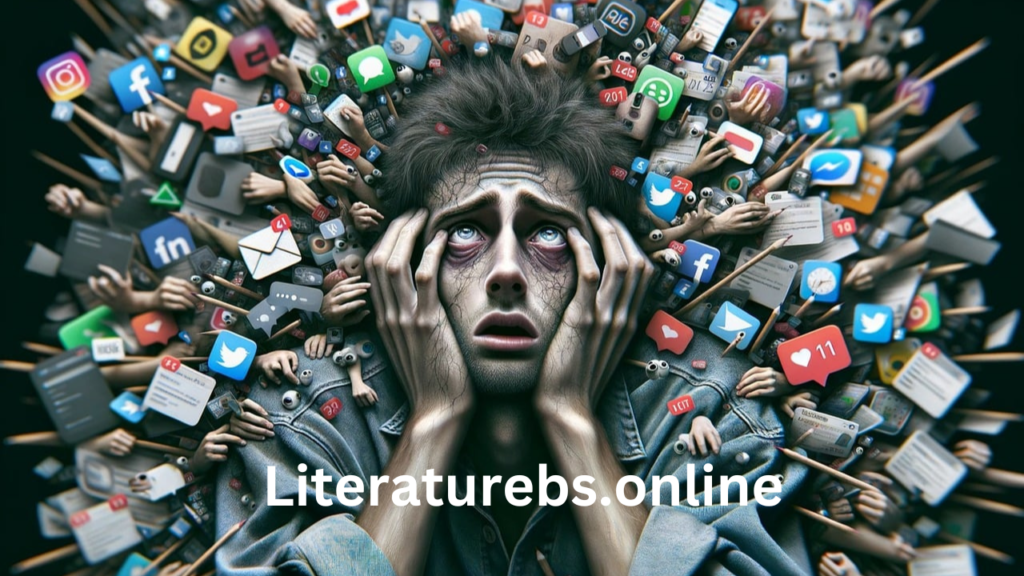
Media criticism refers to the analysis, evaluation, and interpretation of various media forms including television, radio, film, newspapers, magazines, and digital media like blogs and social media. This type of criticism aims to understand how different media content shapes public perception, influences societal norms, and impacts culture. It also examines how media organizations operate, how they generate content, and the roles they play in society.
Media criticism delves into the construction of messages, the objectives of media producers, the implications of media strategies, and the impact of media on audiences. It also explores issues related to media bias, representation, ethics, and the economic and political influences on media production and distribution. This field has expanded with the growth of digital media, which has introduced new dynamics such as social media algorithms and user-generated content, broadening the scope of media analysis.
Founders:
There isn’t a single founder of media criticism as it is an interdisciplinary field influenced by contributions from various theorists and practitioners. Some foundational figures include Marshall McLuhan, known for his phrase “the medium is the message,” which highlights how media technologies shape human perception and society; and Noam Chomsky, who, along with Edward S. Herman, developed the Propaganda Model to explain how systemic biases function in mass media.
Main Focus
The primary focus of media criticism is to uncover how media operates within power structures and influences society. It looks at how media content is created, who creates it, and for what purposes. Key questions include:
How do media representations affect perceptions of race, gender, and class?
What are the economic interests driving media content?
How do media forms and technologies influence what is considered ‘newsworthy’?
How do audiences interpret and respond to media messages?
News coverage of political events:
An example of media criticism can be seen in the analysis of news coverage of political events. For instance, how different news outlets reported on the U.S. presidential elections, highlighting differences in portrayal, what events were emphasized, and how these influenced public opinion and perceptions of the candidates. Critics might analyze biases in reporting, the framing of issues, and the diversity of perspectives offered.
Another example is the critique of representation in films and TV shows, such as discussions about racial and gender stereotypes in Hollywood productions. Critics might examine how these media forms either reinforce or challenge social norms.
“Ten Pioneering Literary Critics and Their Seminal Works”
Literary criticism is a fascinating field that has been shaped by many smart thinkers. These critics, from Aristotle’s ancient Greek ideas to Edward Said’s modern views, have introduced new ways to look at and understand literature. In this short introduction, we’ll look at ten famous literary critics who have really made a difference in how we study and think about books and writing. They’ve dug into everything from how stories are built to how culture affects writing. This helps us better enjoy and study literature from all over the world and from different times. From analyzing poems closely to looking at big trends in history, these critics have created tools that continue to help and inspire those who study literature today
- Aristotle:
His work, “Poetics,” is considered foundational in literary criticism. Aristotle analyzed Greek tragedy and epic poetry, introducing concepts such as the unity of time, place, and action, which have profoundly influenced the way we understand dramatic structure. - Samuel Johnson:
In “Lives of the Poets,” Johnson provides detailed criticism of major English poets, blending biographical sketches with critical analysis to enhance our understanding of these poets and their works. - T.S. Eliot:
His collection “The Sacred Wood: Essays on Poetry and Criticism” introduces modernist criticism and the concept of the “objective correlative,” emphasizing the impersonality of art and the precise expression of emotion through specific external objects in literature. - Virginia Woolf:
In “A Room of One’s Own,” Woolf explores the societal and educational barriers that have historically prevented women from succeeding as writers, offering a feminist critique of literature and its creation. - I.A. Richards:
Known for “Principles of Literary Criticism,” Richards was pivotal in the development of the New Criticism movement, focusing on the close reading of texts and emphasizing the importance of a text’s intrinsic value over its historical or biographical context. - Northrop Frye:
In “Anatomy of Criticism,” Frye offered a comprehensive framework for analyzing literature through various modes, symbols, and myths, categorizing literature based on the patterns it employs and the responses it aims to elicit from readers. - Harold Bloom:
His work “The Anxiety of Influence” discusses the complex relationship between contemporary writers and their predecessors, suggesting that newer poets often misinterpret and creatively misread the poets who influence them as a way of forging their own artistic paths. - Jacques Derrida:
Known for “Of Grammatology,” Derrida developed deconstruction, a method of critical analysis aimed at understanding and revealing the assumptions and biases that underlie textual content. - Michel Foucault:
In “The Archaeology of Knowledge,” Foucault examines how societal institutions and discourses influence the production of knowledge, including literature. His theories have profoundly impacted how we consider the author’s role and the structures of power within texts. - Edward Said:
In “Orientalism,” Said explores how the Western world portrays and understands the East. His work is fundamental to postcolonial studies, showing how representations can serve to reinforce or challenge power dynamics between cultures.
These critics, through their diverse and influential works, have provided tools and perspectives that continue to inform the study, teaching, and understanding of literature across the world. Each brings a unique lens to literary analysis, whether it be through the study of text itself, the historical conditions of its production, or the societal structures that shape its interpretation.
Final verdict:
In conclusion, the “School of Criticism” offers a rich and varied exploration of literature, where critics from diverse backgrounds analyze stories through multiple lenses. From historical insights and personal narratives to psychological and societal critiques, these approaches deepen our understanding of both texts and their broader contexts. By tracing the development of criticism from Aristotle to modern thinkers like Edward Said, we see how each generation of critics refines our understanding of literature and its relationship to culture and history. This ongoing dialogue across different schools of criticism showcases the dynamic and evolving field of literary studies, continuously enriching our appreciation and interpretation of literary works.
According to T.S. Eliot:
“The function of criticism should be to direct attention to what is excellent in literature, and to direct attention away from what is deliberately second-rate.”
